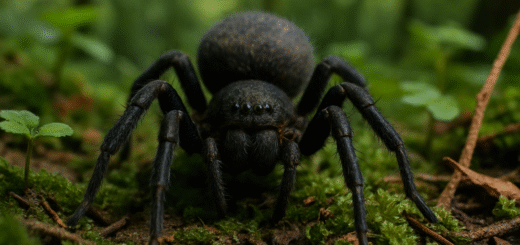The Stealthy Menace: Exploring the World of the Most Dangerous Octopus and Squid
The Most Dangerous Octopus and Squid – The mysterious depths of the world’s oceans hide a plethora of fascinating creatures, some of which possess a deadly beauty. Among these enigmatic beings, certain octopuses and squids stand out as masters of stealth and danger. In this article, we will delve into the realms of the most dangerous octopuses and squids, exploring their unique features, hunting techniques, and the potential threats they pose to both prey and human observers.
The Blue-Ringed Octopus: A Tiny Terror
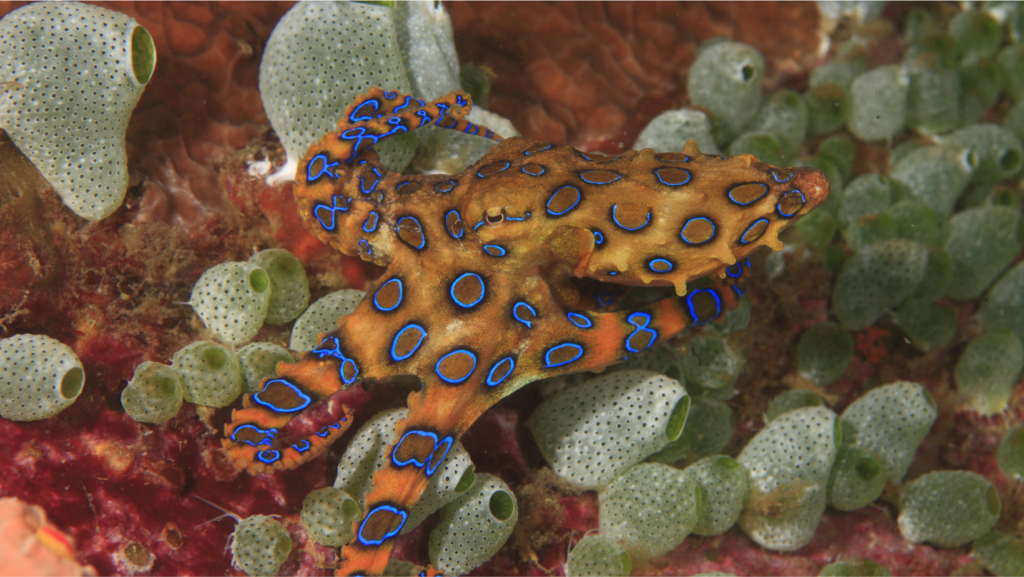
One of the ocean’s most venomous creatures, the blue-ringed octopus, may be small in size, but it packs a lethal punch. Found in the waters of the Pacific and Indian Oceans, these pint-sized cephalopods are known for their vibrant blue rings that appear when they feel threatened. Their venom contains tetrodotoxin, a potent neurotoxin that can cause paralysis and, if left untreated, can lead to respiratory failure.
The Humboldt Squid: Red Devils of the Deep
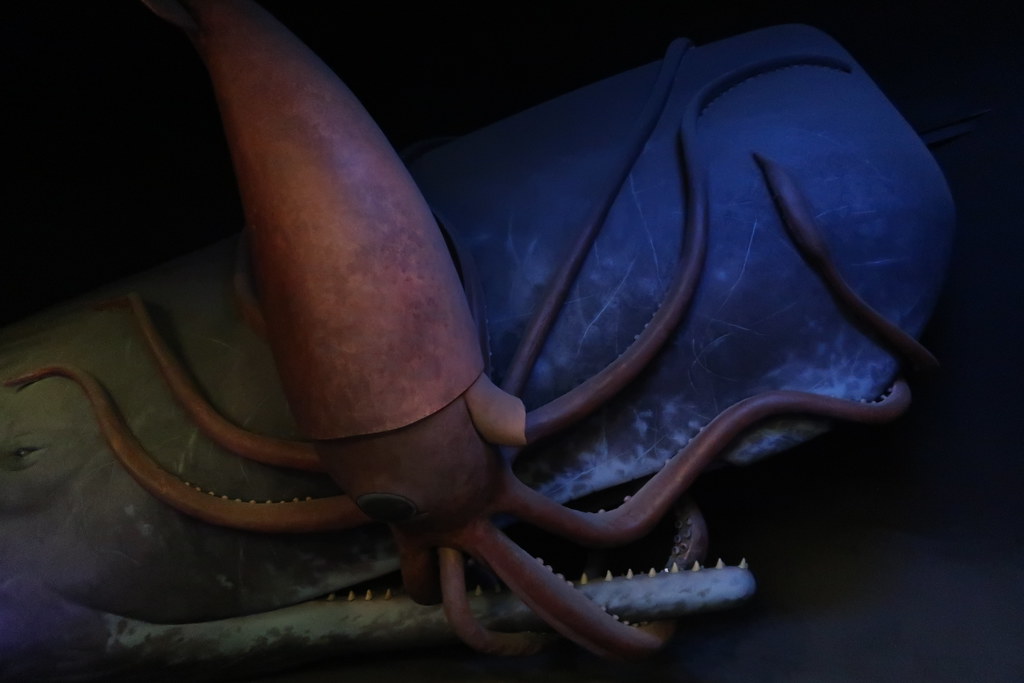
Also known as the jumbo squid, the Humboldt squid is a formidable predator dwelling in the Eastern Pacific. These large and aggressive creatures can grow up to 6 feet in length and are recognized for their distinctive red coloring. Humboldt squids are notorious for their pack mentality, hunting in groups and displaying remarkable coordination to overwhelm their prey. While generally not a threat to humans, encounters can turn dangerous if they feel provoked or cornered.
The Greater Blue-Ringed Octopus: Master of Disguise
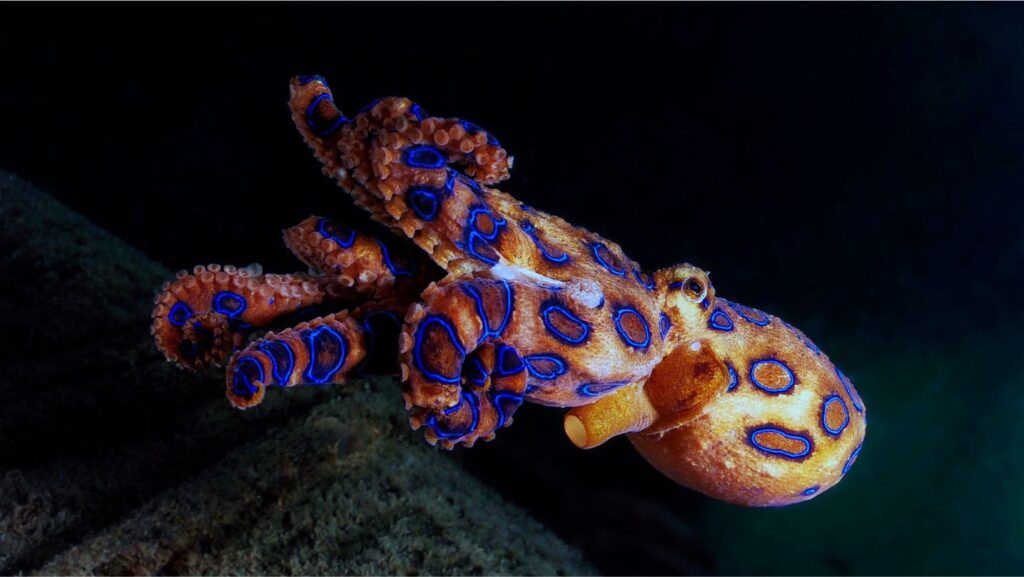
A close relative of the more commonly known blue-ringed octopus, the greater blue-ringed octopus is equally striking and dangerous. Found in the waters of Australia and Japan, these octopuses possess remarkable camouflage abilities, allowing them to blend seamlessly with their surroundings. Like their smaller relatives, they carry potent venom that can cause paralysis and even death.
The Vampire Squid: Not Your Average Cephalopod
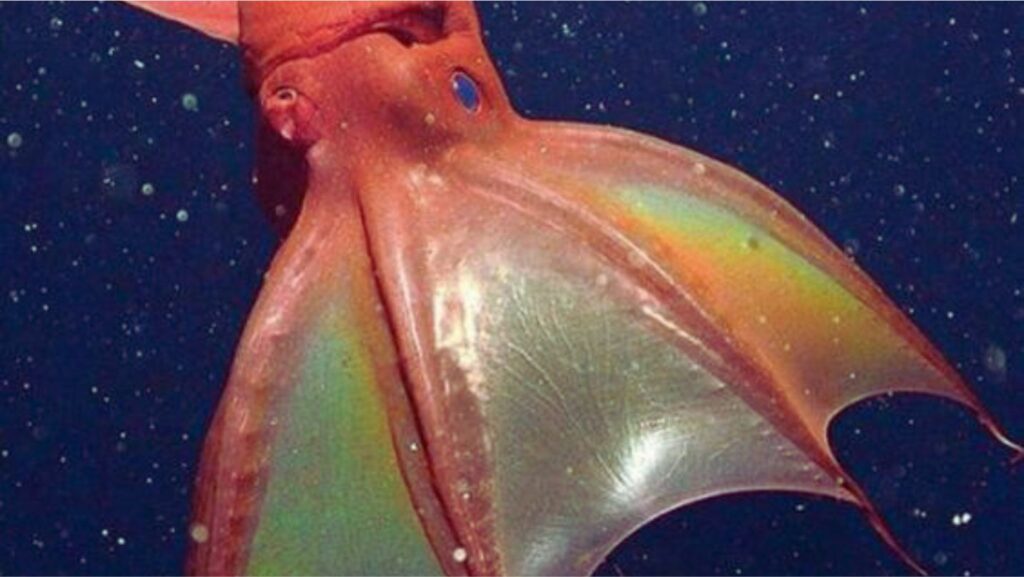
Despite its ominous name, the vampire squid (Vampyroteuthis infernalis) is more of a gentle giant than a bloodsucker. Found in the deep-sea regions around the world, this unique cephalopod earned its name due to its dark coloration and cloak-like webbing. While not a direct threat to humans, the vampire squid has earned its place on this list for its intriguing appearance and mysterious lifestyle in the depths of the ocean.
The Flamboyant Cuttlefish: Toxic Elegance
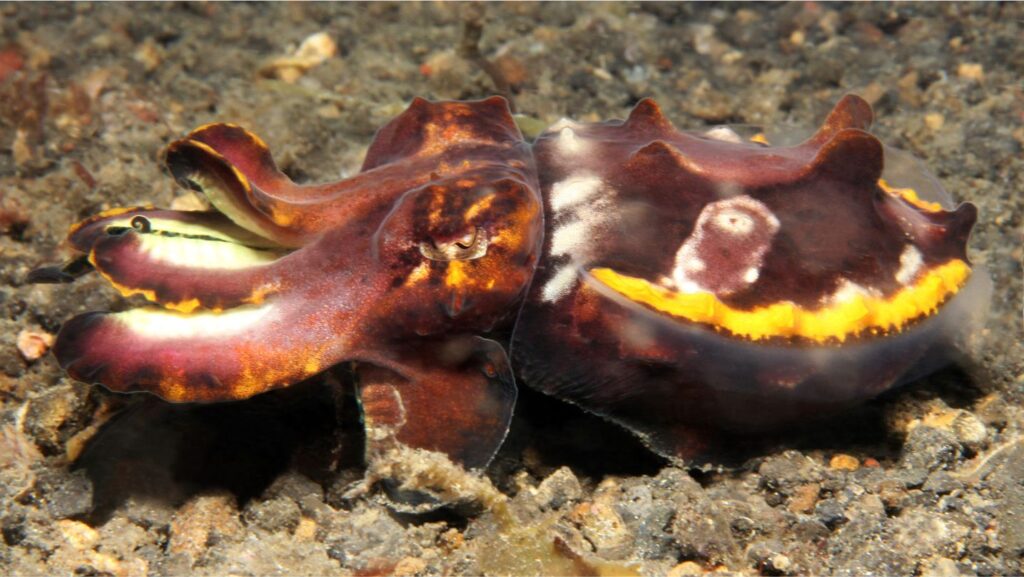
Hailing from the waters of Southeast Asia and Australia, the flamboyant cuttlefish is a small but strikingly colorful cephalopod. Despite its appealing appearance, this cuttlefish is armed with a toxic substance in its flesh that serves as a deterrent to potential predators. While not directly dangerous to humans, handling or consuming these cuttlefish can lead to harmful effects.
Conclusion:
The world of octopuses and squids is a realm of intrigue and danger, where stunning beauty and lethal capabilities coexist. While these creatures play essential roles in maintaining the balance of marine ecosystems, it’s crucial for humans to approach them with respect and caution. Understanding the habits, behaviors, and potential threats posed by the most dangerous octopuses and squids enhances our appreciation for the complex and often perilous life beneath the waves.

